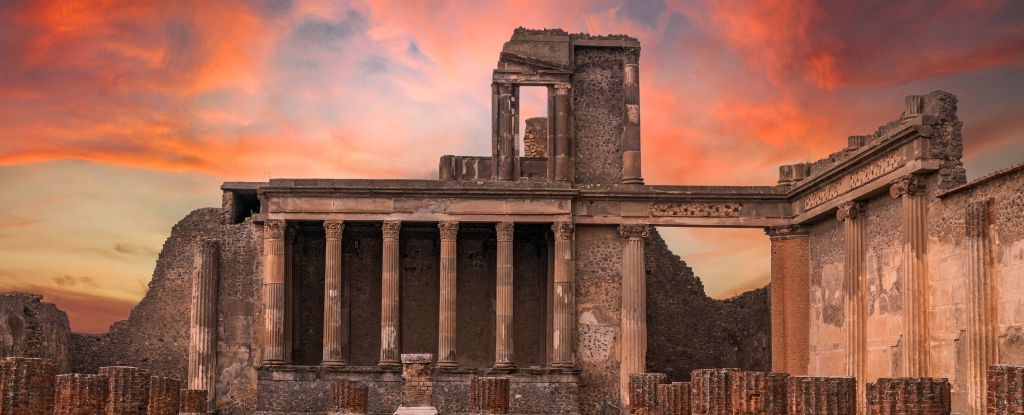Culture Craze
Life Among the Ashes: How Survivors Returned to Live in Pompeii’s Ruins

When Mount Vesuvius erupted in AD 79, Pompeii vanished under a suffocating blanket of ash and pumice. The city of over 20,000 people became a silent grave, its streets and homes frozen in time. For centuries, history’s gaze has fixated on the day the city died. Yet, new archaeological evidence is shifting the narrative: Pompeii did not end in a single catastrophic moment. People came back.
A fragile return
Archaeologists now believe that some survivors, especially those unable to rebuild their lives elsewhere, returned to the devastated city. They were joined, perhaps, by others in search of shelter or opportunity. This was not the Pompeii of marble plazas and bustling markets. Instead, it became what the site’s director, Gabriel Zuchtriegel, describes as “a kind of camp, a favela among the still-recognisable ruins.”
The new excavations reveal that life here continued, in a fragile form, until the 5th century. People adapted the wreckage to survive: upper floors became makeshift homes above layers of ash, while the lower levels were transformed into cellars. Without the water systems, public baths, or governance of a Roman city, the settlement lacked order but offered something rare for the destitute: a place to exist.
Living off what remained
For those who returned, Pompeii’s ruins were more than shelter. They were a source of possibility. The abandoned city still held valuables, artefacts, and building materials, remnants of its former life. Archaeologists suggest that scavenging these treasures was part of survival, a form of resilience in a place where daily life was stripped down to the bare minimum.
Erased from memory
Zuchtriegel notes that the story of post-eruption Pompeii was almost lost to history. For generations, excavations focused on uncovering the city’s pristine Roman past. The faint traces of reoccupation, pottery fragments, makeshift walls, and altered floorplans were often removed without being documented. In the rush to marvel at Pompeii’s golden age, the quieter, rougher chapter of its survival was overlooked.
Today’s Pompeii
Now a UNESCO World Heritage Site and one of the world’s most famous archaeological attractions, Pompeii continues to draw millions of visitors each year. Tourists wander streets once buried under volcanic fury, peering into homes where time stands still. But thanks to these new findings, they can also imagine another Pompeii: one not frozen in death, but stubbornly alive in the shadows of ruin.
Also read: Meetings with Mozart: William Charlton-Perkins’ Debut Novel (2025)
Follow Joburg ETC on Facebook, Twitter, TikTok and Instagram
For more News in Johannesburg, visit joburgetc.com
Source: BBC
Featured Image: ScienceAlert















